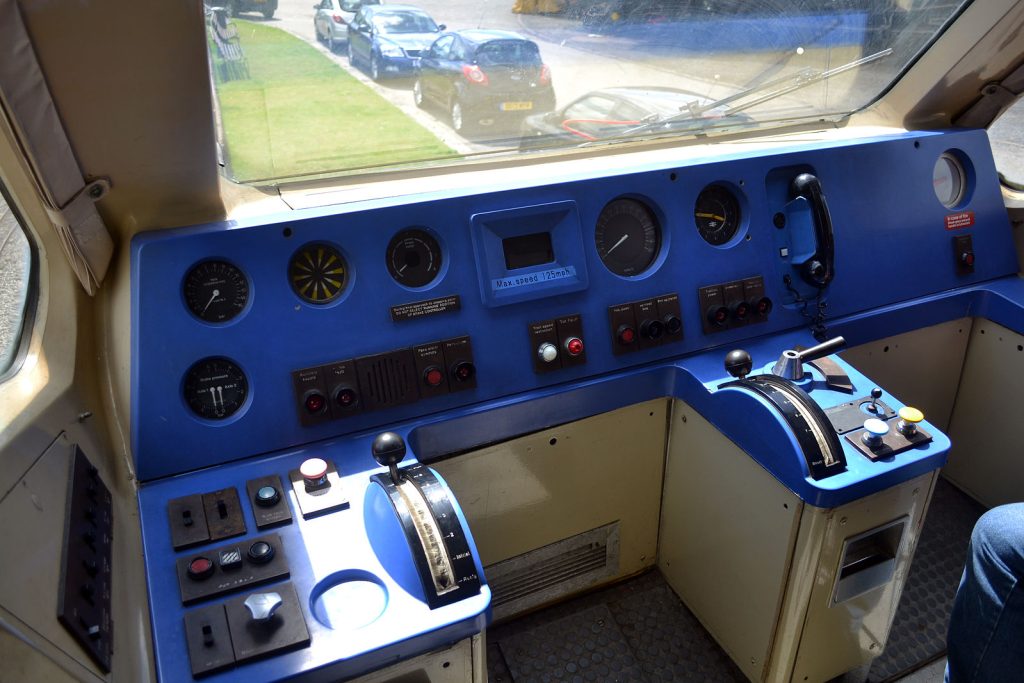Introduction
The Class 370, also known as the Advanced Passenger Train (APT), was a high-speed train developed in the 1970s and 80s by the British Railways. It was designed to be a cutting-edge train that would revolutionize rail travel in the UK. However, the development and operation of the Class 370 were plagued with problems, and the train was ultimately withdrawn from service in the mid-1980s.
The Class 370 was designed to travel at speeds of up to 155 mph, making it one of the fastest trains in the world at the time. Its innovative design featured a tilting mechanism that allowed the train to lean into curves, reducing the centrifugal force that passengers experienced and allowing for faster travel speeds. The train also featured advanced suspension and braking systems, as well as a streamlined aerodynamic design.
To Advanced For Its Time
Despite its impressive design, the Class 370 faced numerous technical challenges during development and testing. The tilting mechanism proved to be particularly problematic, and the train suffered from a number of derailments and other safety issues. In addition, the train’s high speed made it difficult to maintain and operate, and it suffered from frequent breakdowns and maintenance issues.

Political Issues Hamped The Project
The Class 370 was also plagued by political and economic challenges. The project was hugely expensive, and its development was disrupted by changes in government and budget cuts. In addition, the train faced opposition from traditionalists who were resistant to change and skeptical of the benefits of high-speed rail.
Despite these challenges, the Class 370 did see some limited service on the UK railway network. It was initially introduced on the West Coast Main Line in 1981, but was withdrawn in 1986 following a number of technical and safety issues. A smaller fleet of Class 370 trains continued to operate on the Glasgow-Edinburgh line until 1989, when they were replaced by more conventional trains.
Paved The Way For The Future
While the Class 370 ultimately failed to live up to its promise as a revolutionary high-speed train, its design and technology paved the way for future developments in high-speed rail travel. The tilting mechanism developed for the Class 370 has been used in a number of subsequent train designs, including the Pendolino trains that currently operate on the West Coast Main Line. In addition, the Class 370 demonstrated the potential benefits of high-speed rail travel, paving the way for future investment in faster and more efficient rail systems.

In conclusion, the Class 370 was a groundbreaking train that pushed the boundaries of rail technology in the UK. While ultimately unsuccessful, its legacy lives on in the development of subsequent high-speed trains and the continued interest in improving rail travel around the world.






